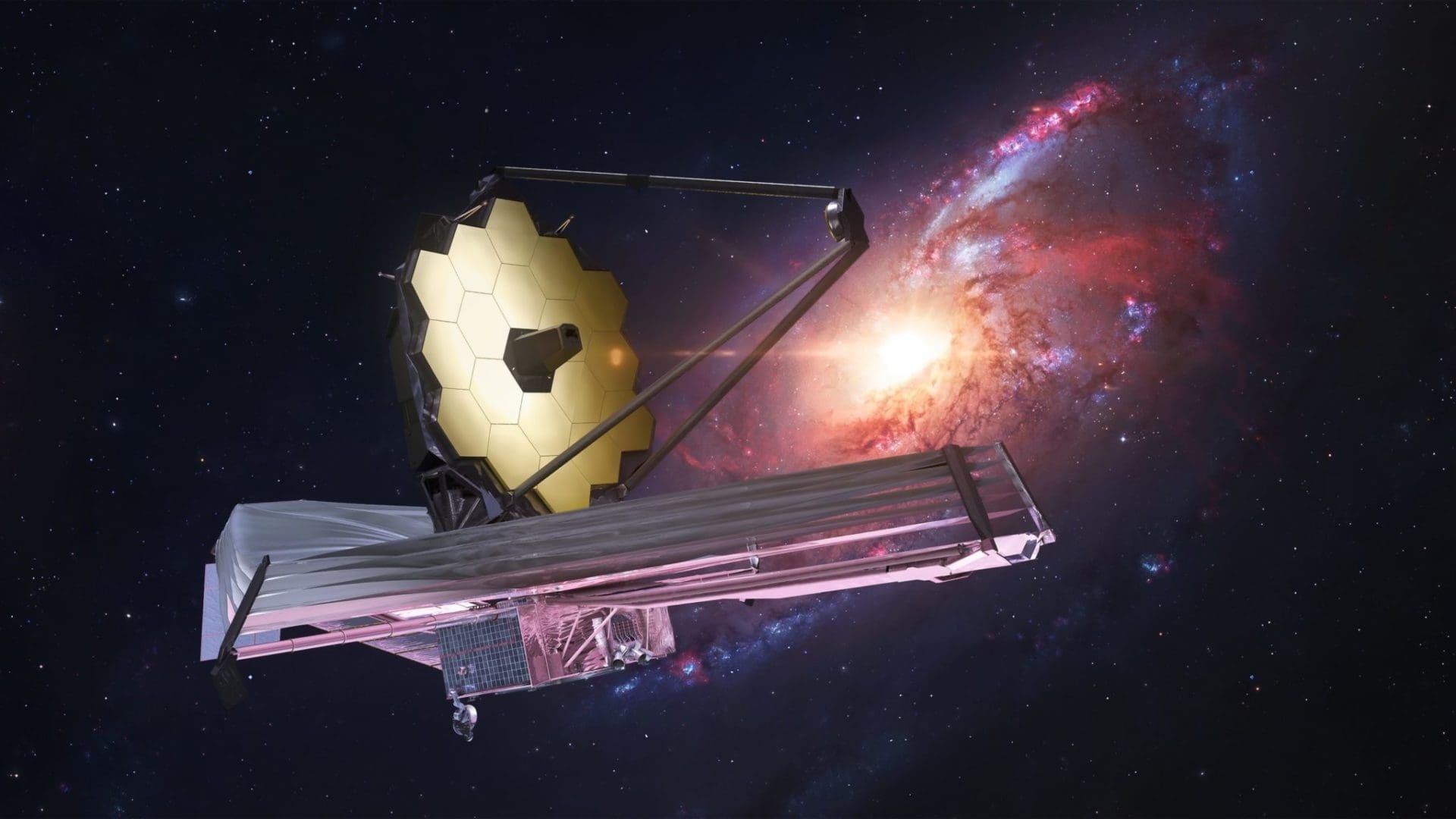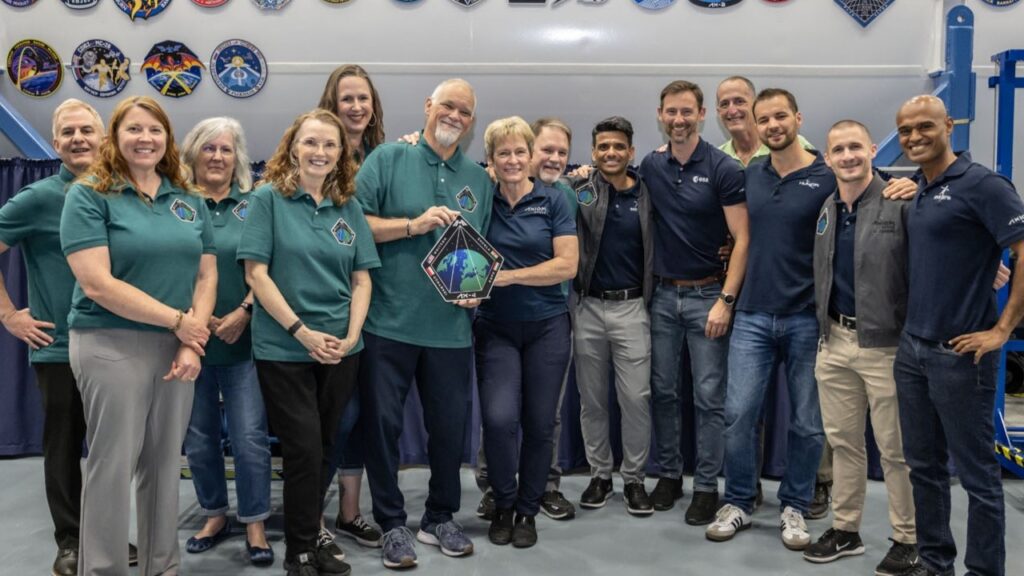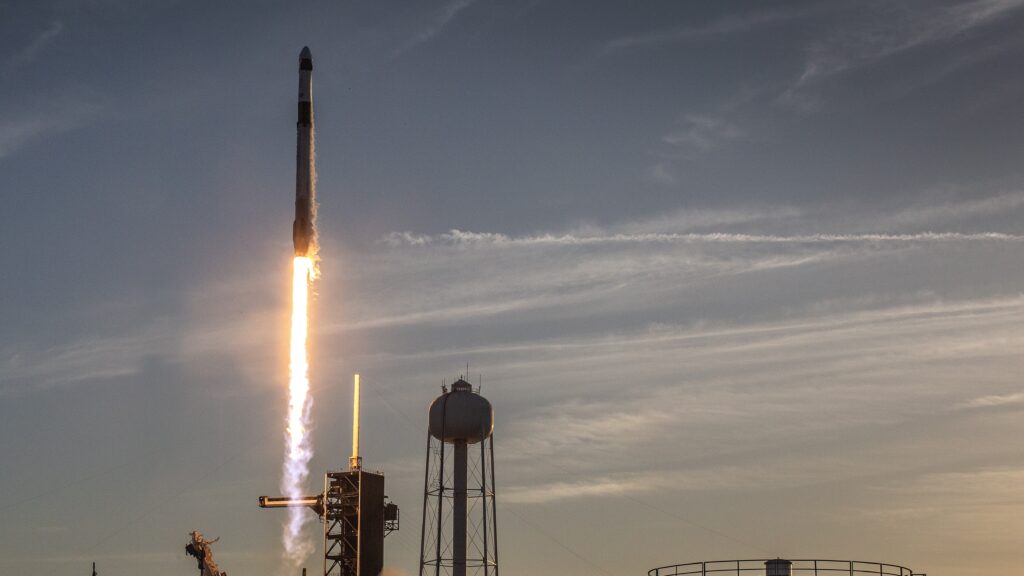NASA’s James Webb Space Telescope (JWST) is preparing to deliver fantastic new images of distant galaxies. The project began over 30 years ago at a Space Telescope Science Institute (STSCI) workshop in 1989, perhaps as one of the most ambitious science endeavors in the history of humanity. The $10 billion marvel of engineering started its journey through space on 25 December 2021, after more than 10 thousand people had tirelessly worked on it over the course of three decades. The project exemplifies the quest for space exploration, something that truly unifies humanity and transcends our differences.
The 30-Year Journey to Launch
Although the JWST had been conceived before the 1990 launch of the Hubble Space Telescope, it was always meant to be a successor to Hubble once it was completed. In 1989, at the STSCI workshop, more than 130 astronomers and engineers discussed how to procede after Hubble.
In 1993, the Association of Universities for Research in Astronomy, at the behest of NASA and the Space Telescope Institute Council, appointed the Hubble Space Telescope & Beyond Committee to study future possible missions and programmes.
In 1996, the committee released a report recommending that NASA develop an infrared light-based space telescope, which NASA considered to be feasible, and granted funding for studies to establish the requirements of the telescope.
NASA had selected teams to start building the instrument
By 2002, NASA had selected teams to start building the instrument, and the telescope was officially named James Webb Space Telescope, after the NASA administrator who spearheaded the development of the Apollo programme back in the 1960s. In 2004, the construction began on the telescope, and in 2005 French Guinea was designated as the future launch site.
The telescope was scheduled to launch in 2007, but work on the project soon slowed down to almost a halt, due to technical, management and budget difficulties. The launch was delayed to the early 2010s.
Due to increasing pressure from Congress over the mismanagement, NASA replanned the project, setting the new launch date for 2018. However, financial issues forced NASA to keep putting off the completion of the telescope, as project costs eclipsed any budget that they had planned for. Finally, after decades of delays, the JWST did successfully launch at the end of 2021.
What Next?
Following a two-week-long deployment phase, the telescope is now ready to fulfill its destiny and bring us long awaited pictures of faraway galaxies. The main goals of the mission include measuring the properties of planetary systems and investigating potential for life; observing the formation of stars from the first stages to the formation of planetary systems; and determining how galaxies evolved.
The first full-color image was unveiled by Joe Biden on 11July, before the first batch of images was released by NASA a day later. Regardless of what these show us, the future implications of any possible discoveries will definitely have the far-reaching consequences for humanity.
What will we find? As the JWST examines exoplanets, may we find evidence of life outside of our own planet? Was the project worth it? Will it indeed bring the marvelous scientific discoveries, as promised, over its projected lifespan of 5 to 0 years? Regardless of what the answers to these questions will be, the completion of the project has proved that humanity can and will persevere in the pursuit of knowledge.
The scientists, such as Hungarian physicist and astronomer Hunor Örs Detre, showed immense resilience and dexterity
The scientists who worked on the project, such as Hungarian physicist and astronomer Hunor Örs Detre, showed immense resilience and dexterity. After just a couple months at the Max Planck Institute, the Hungarian scientist was promoted to overseeing the development of the Mid-Infrared Instrument of the telescope, which provides new physical details of the distant objects it observes. Despite being a newcomer to this specific field, he successfully managed the development through all the difficulties.
The project has gone through challenging and burdensome decades. Despite all hindrances, it has successfully reached space, thanks to brilliant scientists from various backgrounds, with different beliefs, coming together as one to push humanity forward on our mission to explore space. The remarkably ambitious project has demonstrated that there are common goals that unite mankind.








